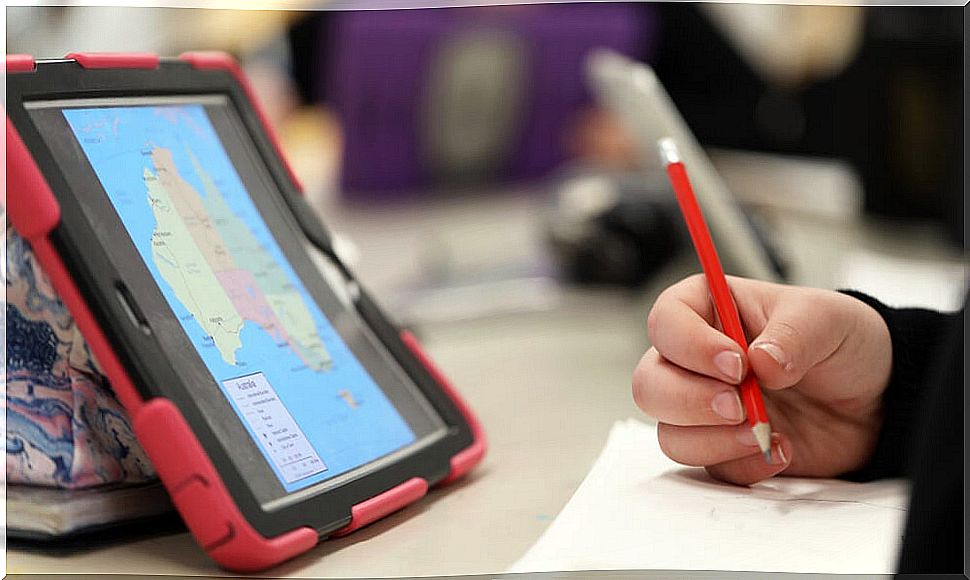ICT In Children With Special Educational Needs

Currently, an inclusive school model is defended. This model aims to accommodate all students, regardless of their characteristics. One way to achieve this objective is by using ICT in children with special educational needs.
Thus, these students can easily access the learning established in the educational curriculum, so that they receive equitable treatment that guarantees equal opportunities.
ICT in children with special educational needs
ICT (Information and Communication Technologies) play a very important role in attending to the diversity of students. Well, these technological tools facilitate:
- The learning.
- Communication and language.
- Pedagogical reeducation.
- School and social inclusion.

Thanks to them, children with SEN (Special Educational Needs) can compensate for limitations and cancel or reduce difficulties and problems found in the educational environment, due to their personal characteristics.
Therefore, it can be said that the use of ICT is an excellent support measure for these students. In fact, according to the International Classification of Functioning, Disability and Health (ICF), it is understood as support products:
Some of these assistive products are:
- The adapted keyboards.
- Adapted mice.
- The interactive whiteboard.
- Transcribers of texts to Braille.
- Sign language translators.
- The virtual reality glasses.
- The augmented reality glasses.
- Computers and tablets with specific programs and applications for support.
- Accessible websites and social networks.
Benefits of using ICT to attend to diversity
According to the Doctor in Research and Innovation Methods, Rafael Sánchez Montoya:
In addition, there are many other benefits related to the use of ICT to attend to diversity, such as those listed below:

- They facilitate access to a standardized educational curriculum.
- They allow individualized and personalized teaching, as they are adapted to the special educational needs of each child.
- They increase student motivation, being attractive, interactive and easy-to-use tools.
- They provide entertainment and fun to the teaching-learning process .
- They favor the self-esteem of the students , by acquiring skill in handling the device and the content.
- They facilitate accessibility to knowledge.
- They promote digital literacy.
- They help to overcome the limitations derived from cognitive, motor, sensory or other learning difficulties.
- They improve and enable communication, language and cognitive development.
Teacher training to use ICT in the classroom
In order to include ICT in the classroom, teachers are required to have specialized training in this regard. On the one hand, they must have sufficient knowledge to adapt the classroom methodology, so that it allows autonomous, meaningful and cooperative learning. Which implies having to be flexible in the planning and organization of class times.
Likewise, they need to be interested in knowing the existing digital resources, making sure at all times to use technologies that favor the:
- Accessibility.
- Usability
In addition, they must be clear that computer tools serve to facilitate inclusion in the teaching-learning process. Therefore, it is necessary to attend to the individual capacities of the students, focusing on the demands and needs of each of the children.










